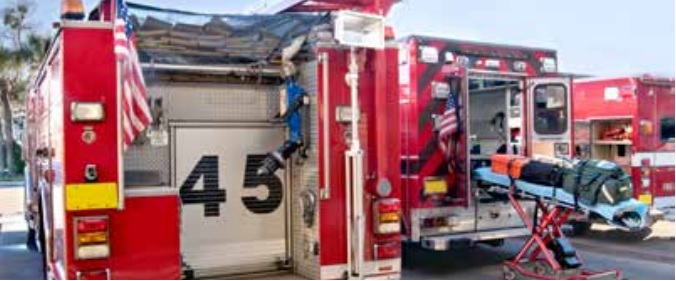Continuing Safety Areas
Continuing safety areas address programs or processes currently underway within the safety agencies. These programs will continue to be supported and enhanced.

Bicycle Safety
Continue addressing bicycle user needs on transportation facilities. Increase efforts for bicyclist and motorist education.

Commercial Motor Vehicle Safety
Sustain efforts to reduce commercial vehicle serious injuries and fatal crashes. The Federal Motor Carriers Safety Administration, UDOT's Motor Carrier Division and the Utah Highway Patrol oversee all safety issues in Utah.

Highway Railroad Crossing Safety
Continue efforts to reduce crashes at highway railroad crossings through education, engineering, and enforcement.

Rural Road Safety
Special consideration must be given to improving the rural roadway system. Special consideration should also be given to improving the emergency service provider resources and capabilities to provide appropriate patient care.

Transit System Safety
Special consideration must be given to improving the safety of the transit system including rail and bus travel.

Work Zone Safety
Efforts must be made to reduce the possibility and/or severity of crashes. Practices in traffic control or work zone management that lead to reduced work zone safety must be identified and limited.

Connected and Autonomous Vehicles
Connected and autonomous vehicle technologies have the potential to significantly change surface transportation as we know it today. Externalities associated with driving including crashes, traffic congestion, air pollution, greenhouse gas emissions and energy consumptions may significantly diminish as connected and autonomous vehicle technologies are introduced. The adoption of these technologies will help us reach our goal of Zero Fatalities.

Emergency Services
Sustain commitment to, and cooperation with, the Incident Management System. Strengthen partnerships that assist law enforcement and emergency services efforts. Coordinate prevention efforts with existing emergency services programs.

Traffic Incident Management
Promote a more active role from judicial partners, making stronger efforts to ensure a violator is correctly charged in cases of second or subsequent offenses and exploring real-time access to traffic violation history for court purposes. Furthermore, continue enforcement of approved programs to educate traffic violators on the dangers of aggressive, impaired and distracted driving while discontinuing the practice of dismissing lesser traffic charges and continuing to pursue mechanisms for adequate ignition interlock monitoring.

Traffic Data
Through the Utah Traffic Records Advisory Committee (UTRAC), we can maximize the overall quality of safety data and analysis based on State traffic records across all six core systems: crash,vehicle, driver, roadway, citation & adjudication and injury. Working together helps to effectively utilize existing data resources while identifying data collection and analysis opportunities.

Judicial System
Commit to Traffic Incident Management (TIM) throughout Utah, and improve quick clearance and queue protection efforts. Coordinate with all first responders to ensure that quick clearance and queueprotection are primary concerns.
